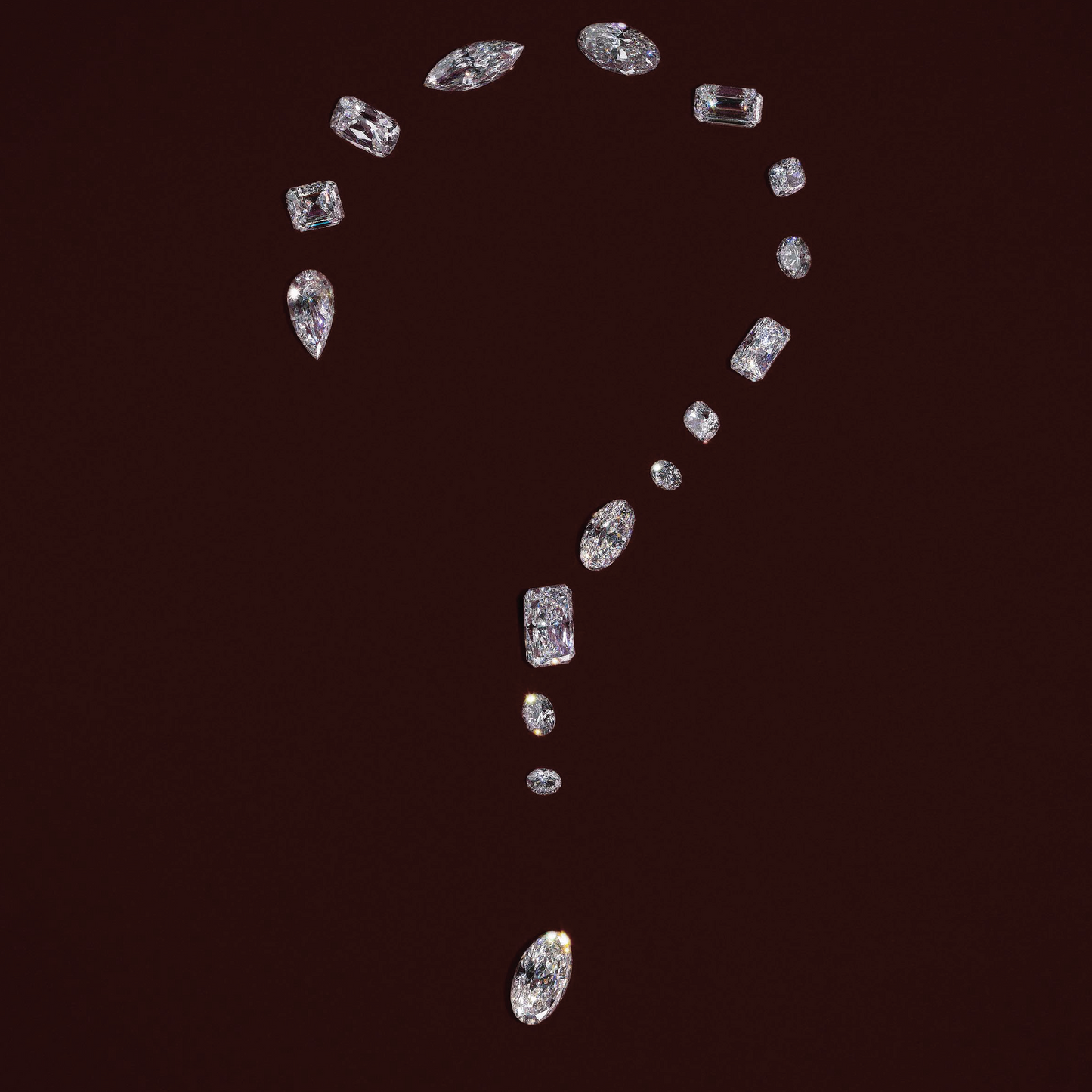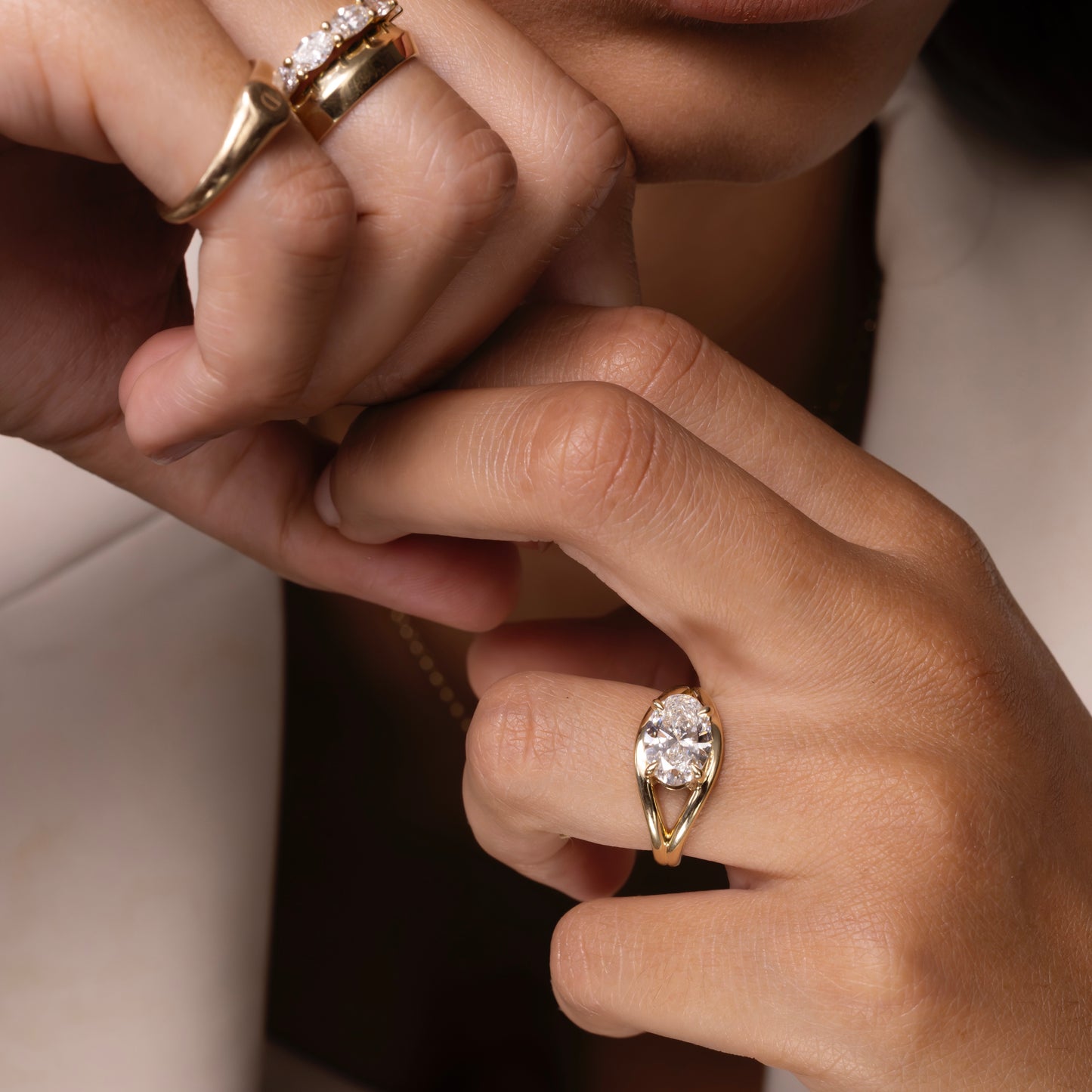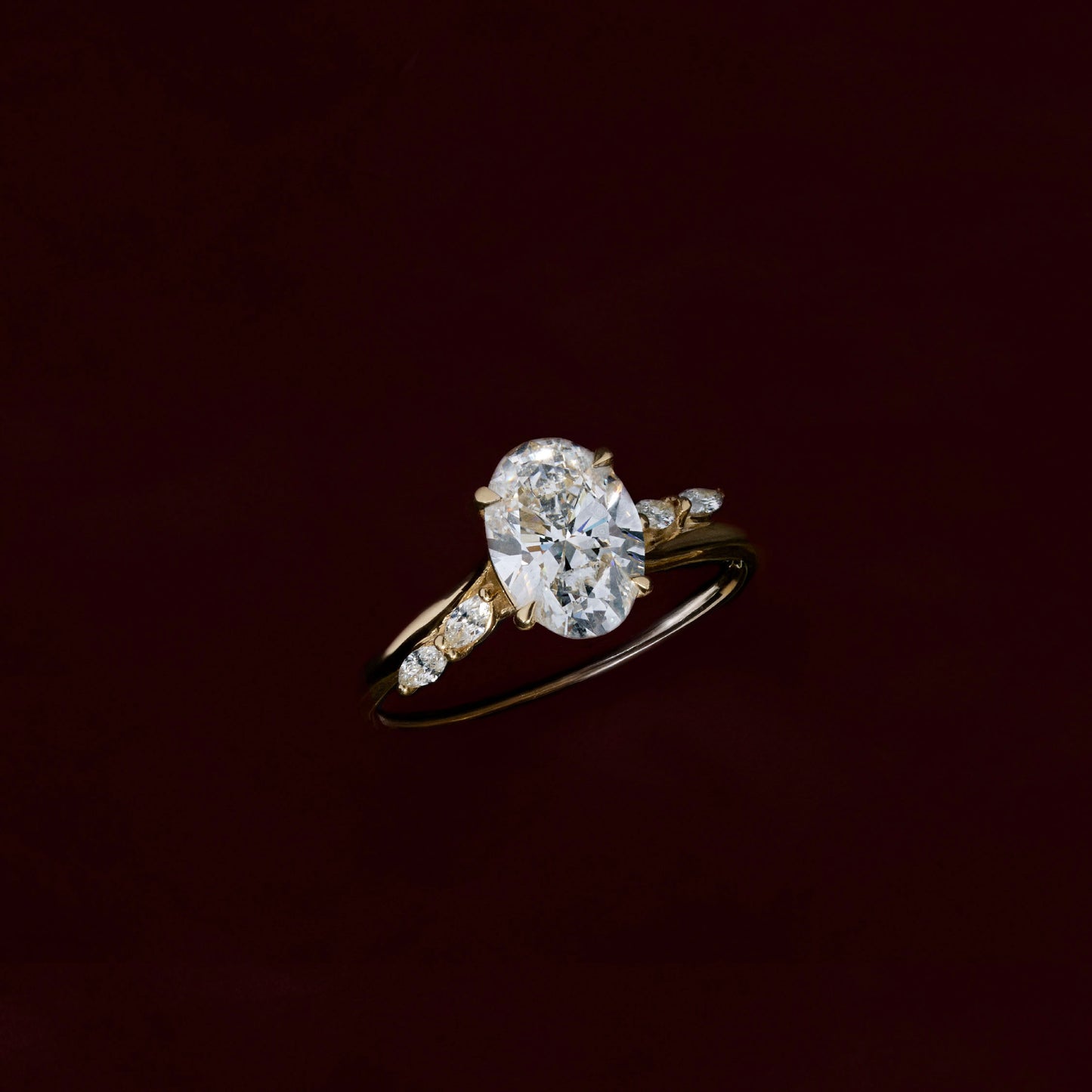

Our Ethical & Certified Lab-Grown Diamonds
True beauty is built on integrity. We believe luxury should never come at the cost of the world around us. By championing lab-grown diamonds and moissanite, we honour the balance of timeless elegance and ethical innovation. Every piece we create carries the promise of a better choice, for you, and for the future.
Our range of exquisite laboratory created diamonds are hand selected by our Chief Gemstone Expert, alongside our Co-Founders.
We choose to work with only the most superb lab diamonds, that deliver on our commitment of quality, ethicality and attainability. Our laboratory diamonds are IGI and GIA certified and are D - F Colour, VS2-VVS1+ Clarity and Excellent Cut, Polish and Symmetry.
A lab diamond is chemically, physically and optically the same as a mined diamond. They are one in the same, real diamonds.
Lab diamonds are more expensive than moissanite, ranging between $2,100.00 and $15,000.00+. However, they are significantly more affordable compared to their mined counterparts.
A laboratory grown diamond is the perfect choice for somebody who desires a real diamond with ethical origins.

How Are Lab Diamonds Grown?
There are two common techniques laboratories employ to grow lab diamonds. The Chemical Vapor Deposition (CVD) and High-Pressure High-Temperature (HPHT) methods.

The CVD Method
Each lab diamond begins its growth journey from a tiny carbon 'seed' derived from an existing diamond. This seed is carefully positioned within a growth chamber. Inside the chamber, a plasma ball of intensely heated, carbon-rich gas, composed of hydrogen and methane, is formed.
Through ionisation, the molecular bonds of these gases are broken down, allowing pure carbon to adhere layer by layer onto the diamond seed. Over the course of several weeks, a new diamond, indistinguishable from those found in nature, takes shape.

The HPHT Method
This method involves placing a diamond 'seed' into a specialised chamber capable of generating extreme pressures. High-purity carbon material, typically graphite, is subjected to intense pressure and heat.
Within this environment, the carbon source dissolves within a molten metal flux and migrates towards the diamond seed, initiating the growth of a diamond crystal.
Subsequently, the diamond undergoes cutting, polishing, and grading by esteemed laboratories including the IGI and GIA.





